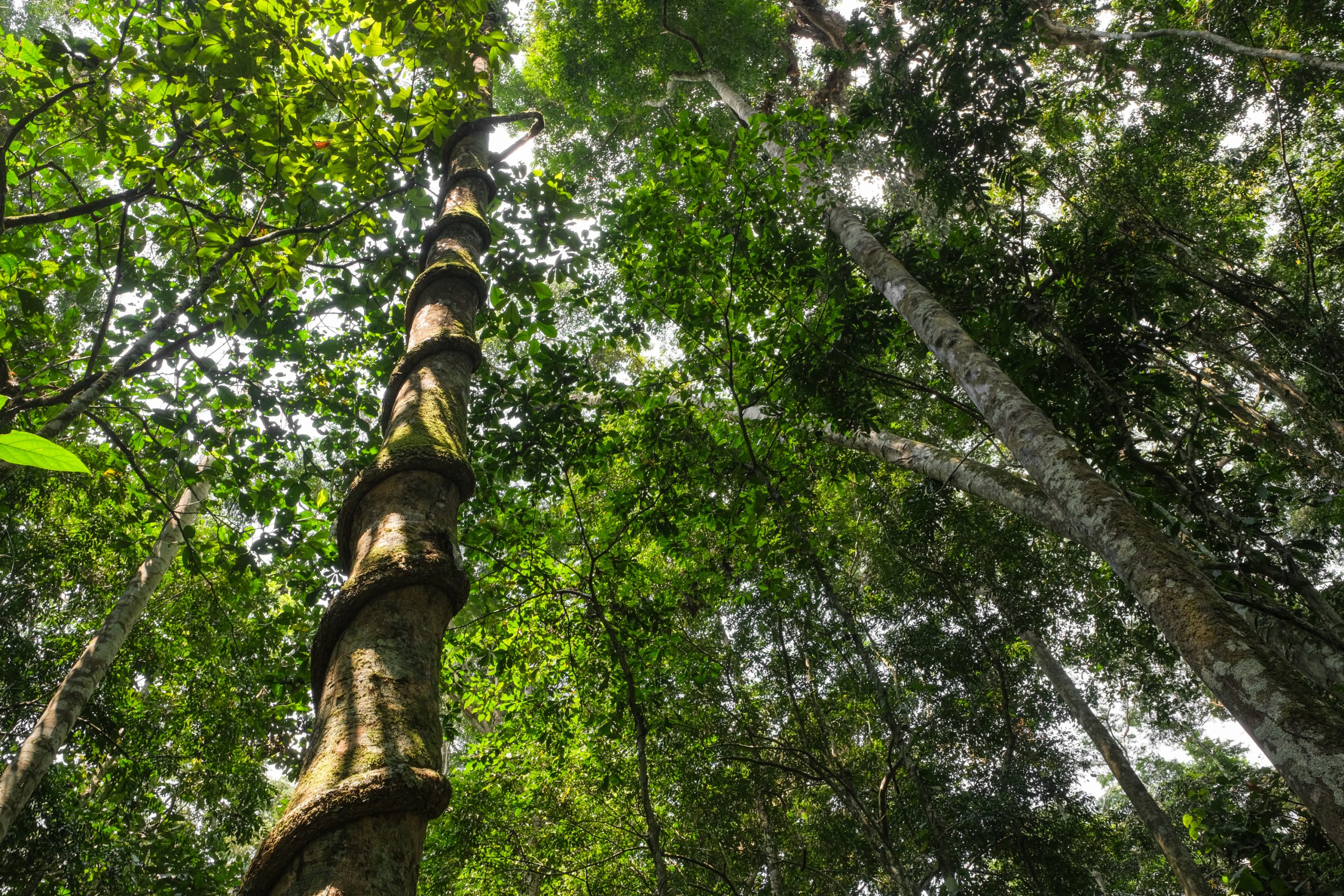Duration of engagment
Short-Long (1 month to purchase carbon credits; 3+ years to create an L/JI with the ability to generate carbon credits)
Cost
Option 1: cost of carbon credit purchases from an L/JI ($-$$ depending on depth of company due diligence)
($$-$$$)
Option 2: cost of adding a carbon credit component to an L/JI
($$-$$$$ depending on the scale of company investment needed)
Option 3: cost of creating an L/JI designed to generate carbon credits
In the real world
Investing in Cambodia’s carbon-rich forest credits
In the threatened forest region of Cambodia’s Eastern Plains Landscape, H&M partnered with WWF to launch the Supply Chain and Landscape approach (SCALE). The goal is to create a landscape investment program using REDD+ credits generated at the landscape scale to transform the textile industry and energy supply chains, thus bringing multiple benefits to the forest and the region’s stakeholders.
Key points for companies
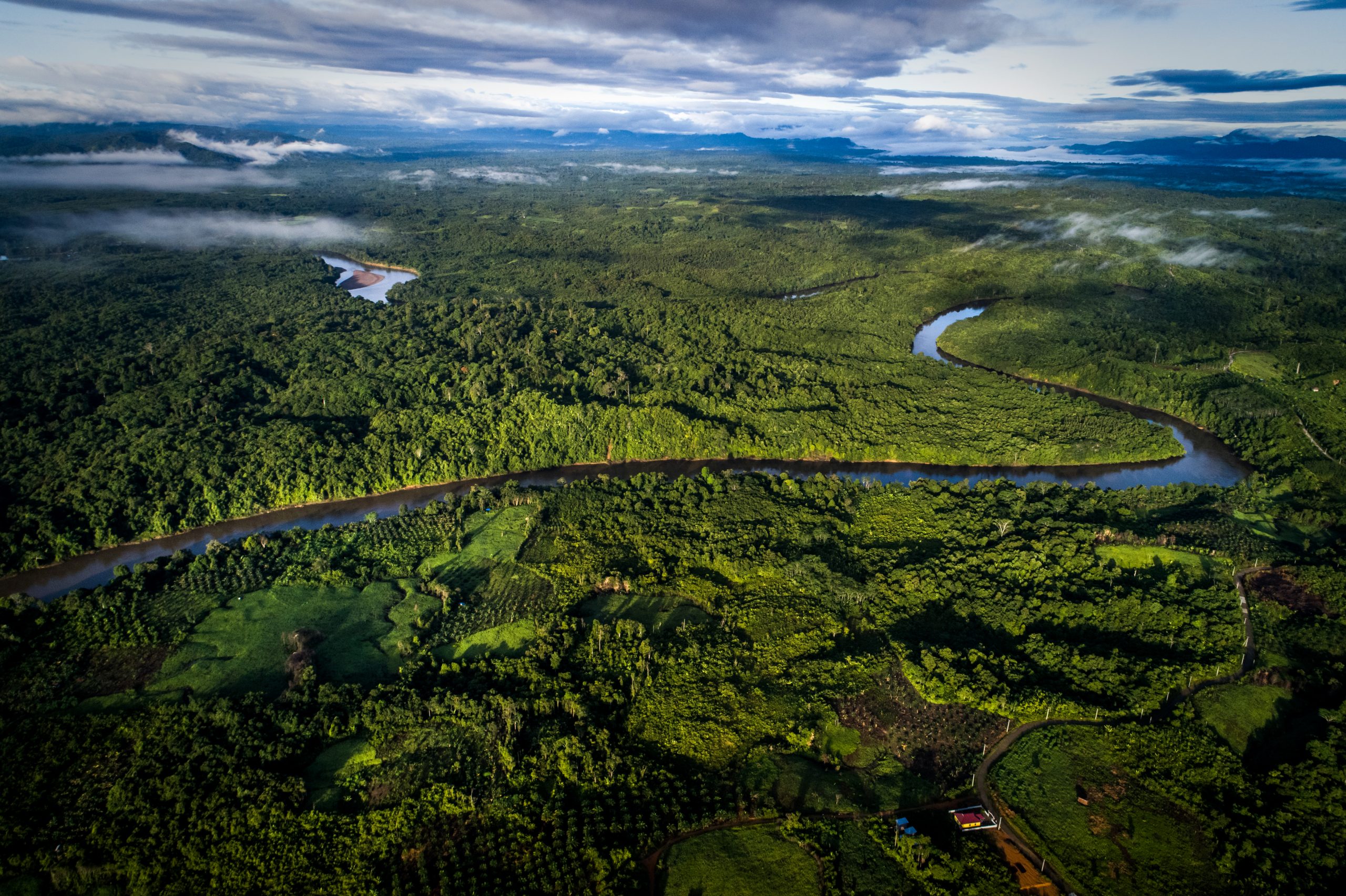
The global REDD+ framework rewards countries that reduce deforestation and enhance forest carbon sinks. It includes a mechanism for results-based payments to national and sub-national governments, communities, and private investors. The architecture for providing these payments is complex and evolving. However, sub-national jurisdictional initiatives are a particularly promising focus for REDD+ investment and carbon credits because they combine government involvement and oversight with supply chain and community actions to stop deforestation and may generate payments for all these actors. For carbon finance investors, L/JIs may offer economies of scale relative to individual, site-specific projects within a jurisdiction, while also enabling private investment more readily than national-scale government programs.
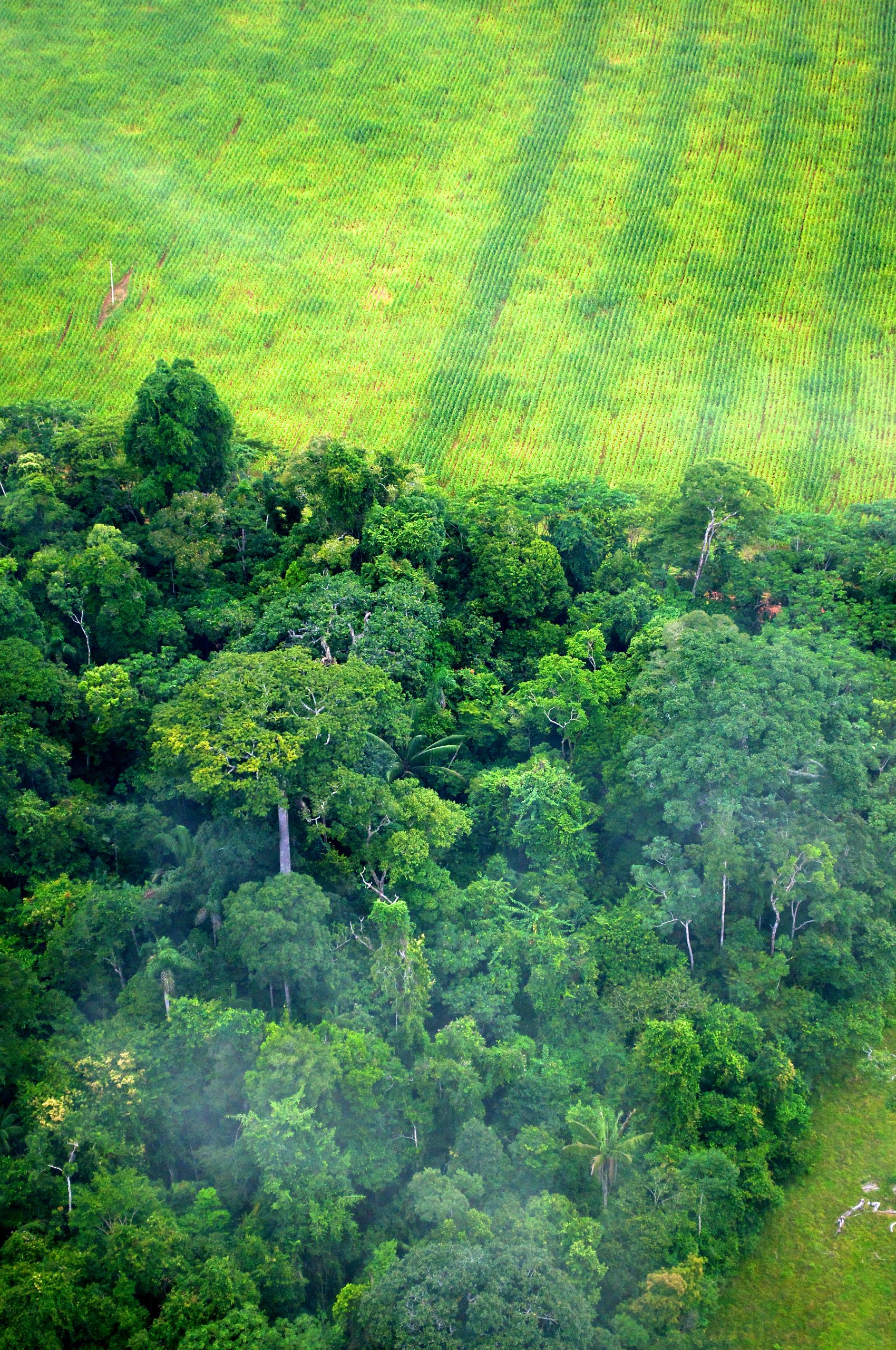
Companies can invest in landscape/jurisdiction-scale carbon offsets in three ways, ranging from simple to complex:
- 1. Source carbon credits from an existing L/JI that has an established mechanism for carbon finance. This option is a relatively easy one for a company that wishes to support an L/JI and gain carbon credits, but does not seek to become directly involved in the initiative. It may also be a way for a company to become engaged in an L/JI as a first step that might lead to greater involvement over time.
- 2. Integrate carbon finance into an existing L/JI (as Touton is doing with cocoa suppliers in Western Ghana, see “Co-design jurisdictional goals, key performance indicators (KPIs), and implementation strategies”). This approach may be attractive to companies looking for additional long-term financing for an L/JI and can work with other stakeholders to link the initiative to public and private carbon markets to obtain credits. The company itself can be (but does not have to be) an investor in carbon offsets. It may be equally valuable to the company to have other investors financially supporting the L/JI in the form of carbon finance, so that the company can contain its costs in supporting the initiative.
- 3. Co-initiate and co-finance a carbon credit program at the scale of a landscape/jurisdiction. This option requires substantial company involvement and investment, generally with NGO and/or private partners with specialized expertise in REDD+ carbon finance. It may be an appropriate pathway for companies with substantial commitments to reducing carbon emissions, and equally substantial opportunities to work with suppliers and other stakeholders in a landscape/jurisdiction from which it sources commodities linked to deforestation. The REDD+ Environmental Excellence Standard (TREES) provides one vehicle for countries and eligible subnational jurisdictions to generate verified emissions reduction credits through actions to reduce deforestation and degradation.
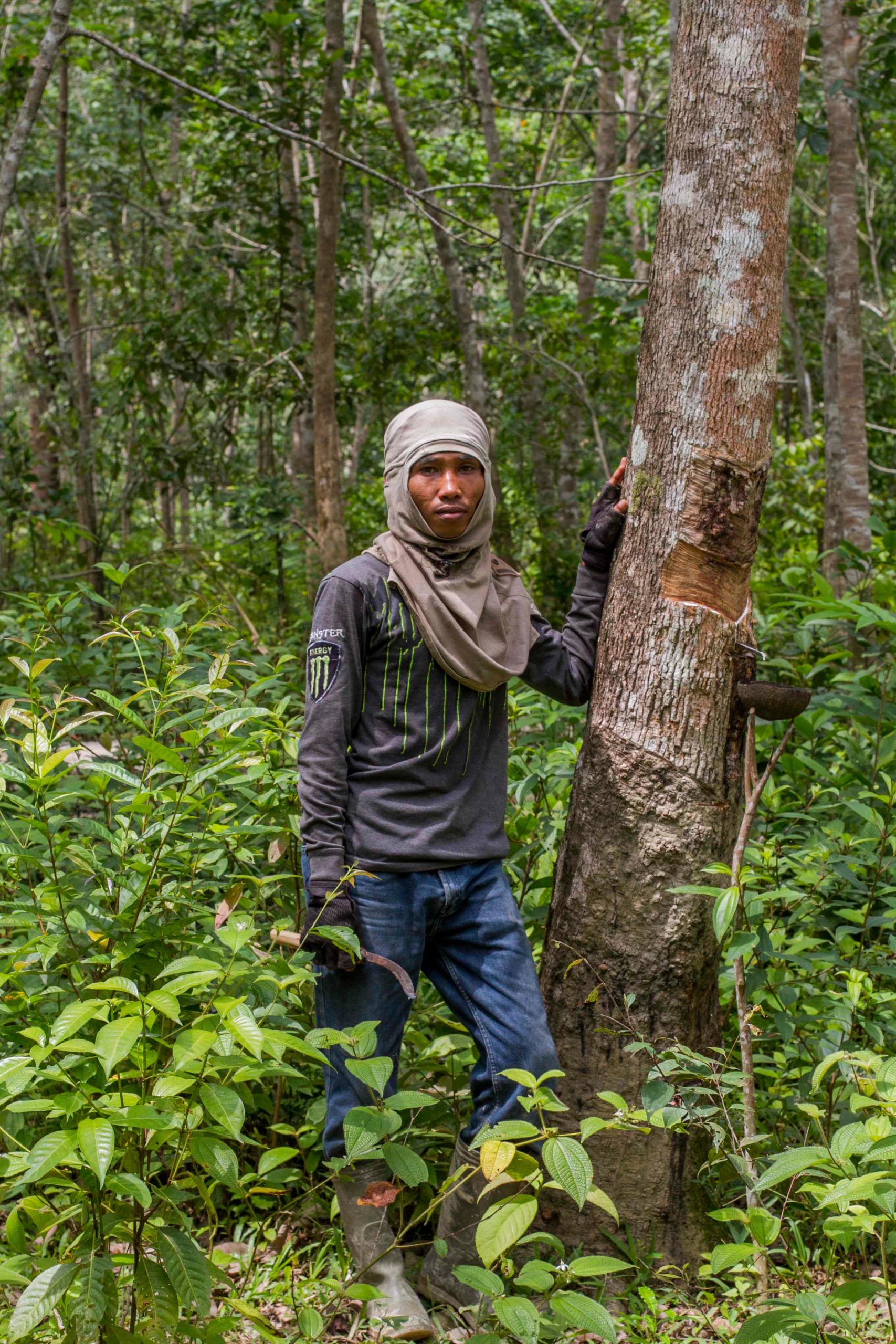
For Options 2 and 3, a company must understand the carbon finance possibilities available to the L/JI, as well as the risks and price volatility associated with the carbon market. Companies should engage with the government and other stakeholders to identify current and potential sources of funding, and to discuss benefit sharing mechanisms and the carbon claims companies could make.

If REDD+ carbon finance is shown to be feasible to support an L/JI, companies can advocate for and/or support a REDD+ program that is in line with good practice for carbon offsets from land use projects.
External conditions that improve likelihood of success
- Clear status of REDD+ carbon credits, and about the options for an L/JI to qualify for public (compliance) and private (voluntary) carbon finance
- Strong alignment with government policy priorities and REDD+ programs
- Close engagement in an L/JI by the government agencies responsible for climate policies
- Capacity within a landscape/jurisdiction to meet the baseline monitoring, reporting, and verification requirements for calculating carbon credits
- Up-front agreement among the stakeholders in a landscape/jurisdiction on benefit sharing from any carbon offset payments
- Availability of carbon market experts to support a L/JI in all the areas noted above

The business case for this intervention
- By supporting L/JIs that include carbon credits for avoided deforestation and forest conservation, companies not only advance their commitments to deforestation/conversion-free sourcing, but they may also gain carbon credits to offset emissions from their activities.
- Jurisdictional REDD+ programs have potential to generate larger carbon reductions at lower cost than single-site projects.
- Companies could create a long-term stream of payments to suppliers and other L/JI participants, reducing the need for company financing over time.
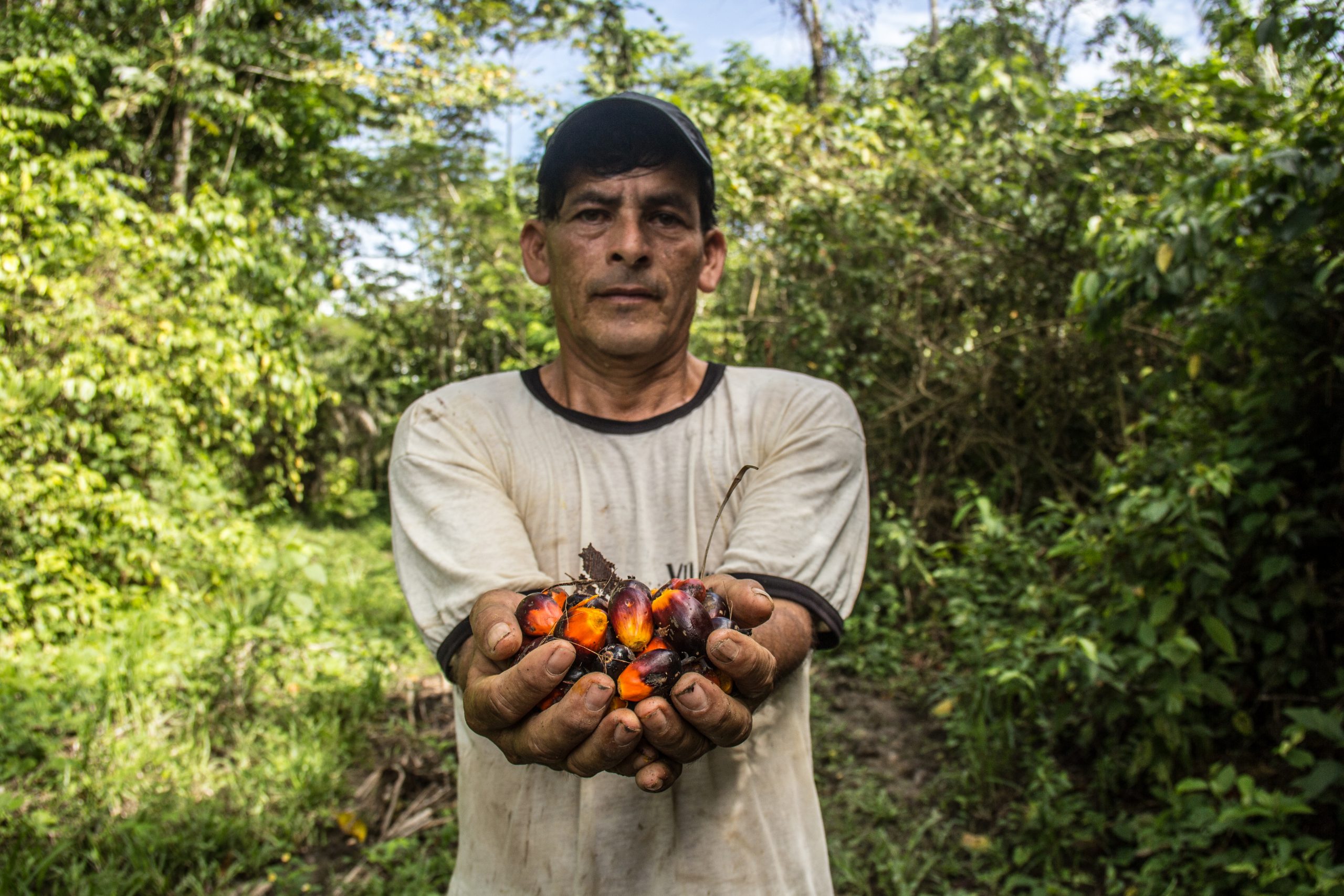
Duration of engagment
Long (3+ years)
Cost
($-$$$)
Assessment of legal issues
($-$$$)
Engagement with communities, producers, and government on legal issues
($$-$$$$)
Support to legalization processes
($$-$$$$)
Incentives for legal and sustainable production
In the real world
Licensing smallholder farms paves the way for certification
To advance jurisdiction-wide palm oil certification, Unilever teamed up with Earth Innovation Institute, Yayasan Inovasi Bumi, the Central Kalimantan Provincial Government, and the Kotawaringin Barat District Government. This partnership helped a cooperative of smallholder oil palm producers in Pangkalan Tiga village transition to legal and RSPO certified production systems. Through the project, farmers obtain formal land certificates, business licenses, and environmental permits to bring their production into the legal economy. The approach to legalization leverages technology to accelerate land registration, including mobile phone apps and open source geospatial information systems (GIS). The project also provides capital to establish extension services to smallholders to facilitate sustainability certification, offtake agreements for certified products, and other incentives for sustainable production.
Guatemala’s milestone in palm oil certification
In a milestone toward achieving RSPO certification in Guatemala, Cargill, Oleon, and Palmas del Ixcán worked closely with Solidaridad to support smallholder palm oil farmers to legalize their operations. The partners conducted smallholder environmental impact assessments, then submitted these to the Guatemalan government, which issued 91 environmental licenses.
Key points for companies
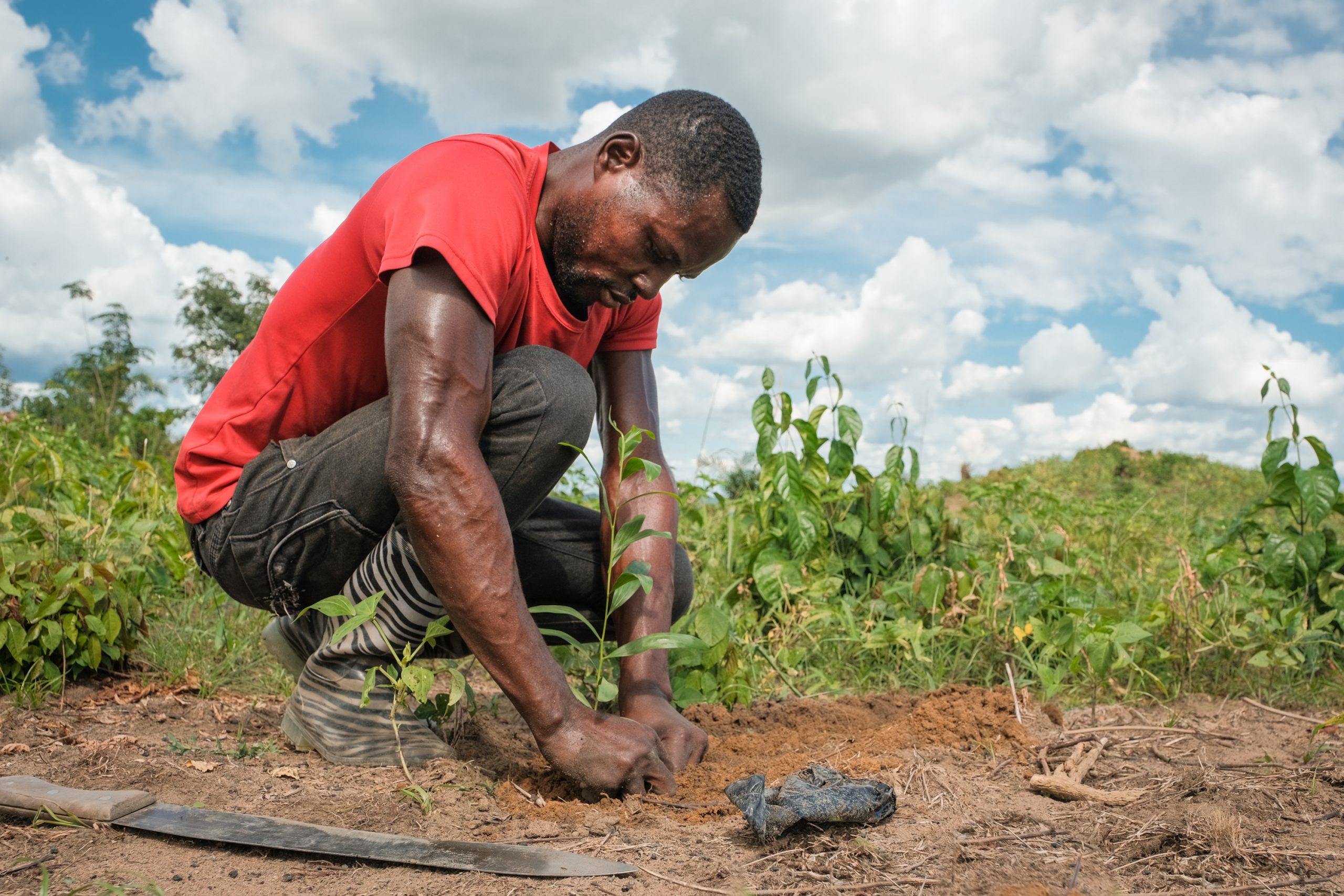
Determine whether the target landscape/jurisdiction has set a goal around legalizing commodity production. If so, companies should align their efforts with the L/JI’s goals and geographic priorities. Alignment could mean redirecting and/or expanding current legalization support or investing in programs delivered by others. Upstream companies with robust farmer outreach and hands-on training capacities may take on leading roles, while downstream companies are better positioned to provide funding and support legalization efforts from a distance.
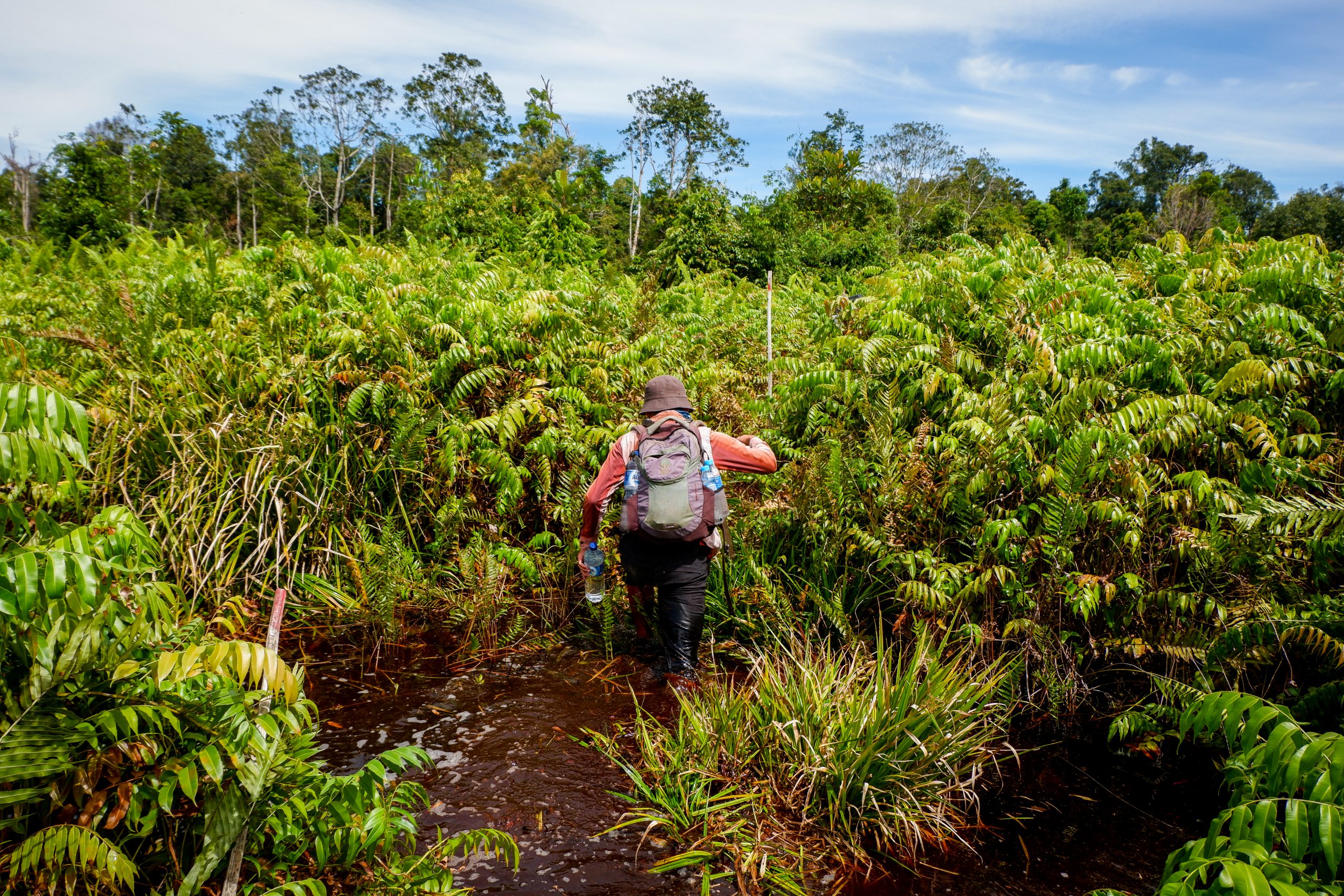
Assess the legal issues related to land tenure and identify the most significant obstacles to sustainable production. Multi-stakeholder working groups can offer diverse expertise and experience, while companies can provide legal expertise to identify bottlenecks and regulatory challenges that hinder legalization of smallholder production.

Clarify how legalization will contribute to sustainable conservation and production goals:
- Inside forest reserves, recognize land claims of Indigenous Peoples.
- Outside forest reserves, customary land tenure may conflict with government titling, or private land titling may be incomplete. In either case, the lack of clear land rights can create an informal and insecure land market that undermines incentives for individuals, cooperatives, and small enterprises to invest in sustainable production. Clarifying and formalizing tenure can support the security and sustainability of commercial production.

Government agencies play a central role in galvanizing and legitimizing any multi-stakeholder legalization initiative. If agencies with authority over land rights are not already part of the multi-stakeholder group, participating agencies or companies with the right relationships can wrap them into the discussions.
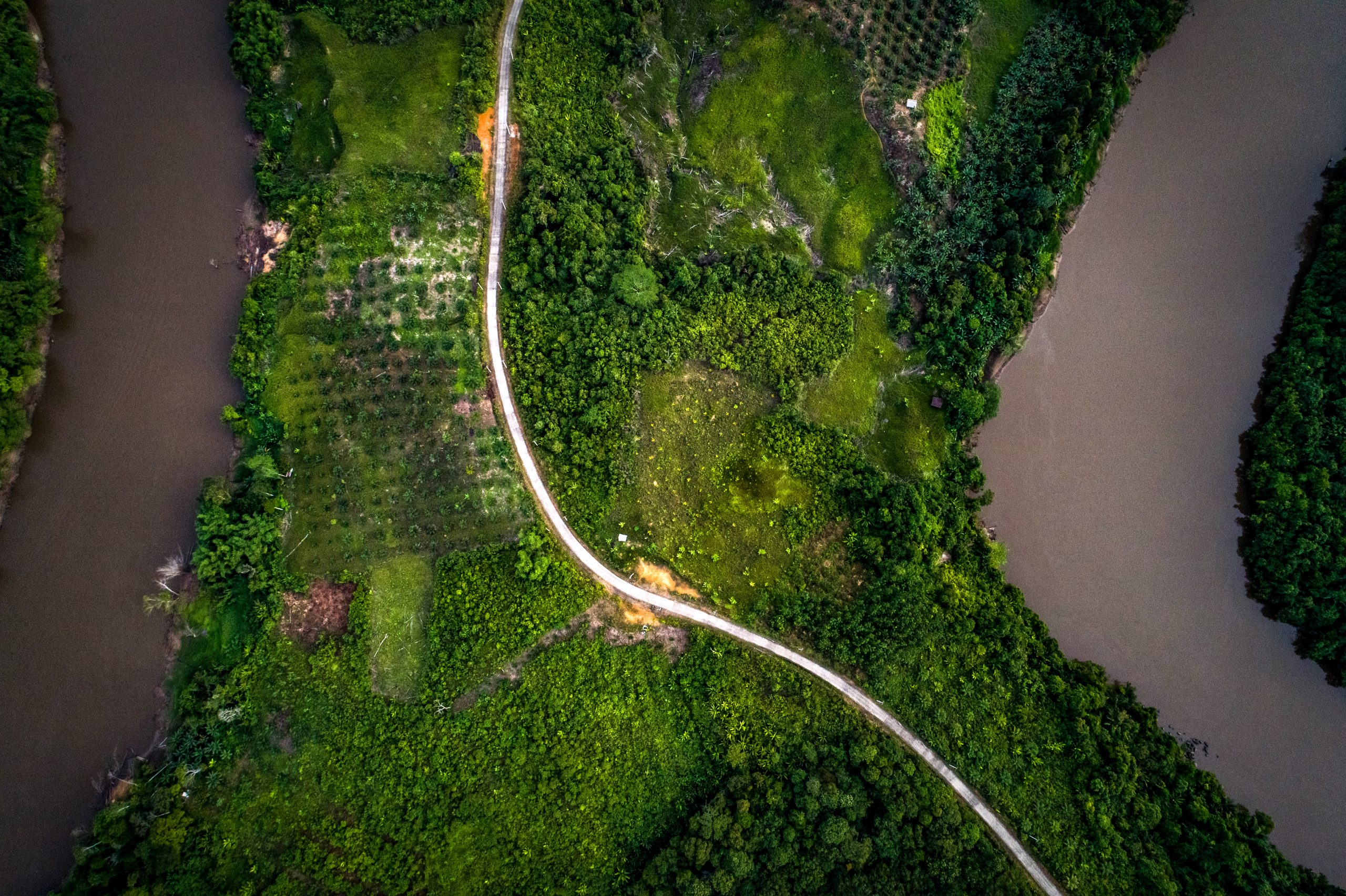
To resolve legal issues, companies should prepare to do substantial outreach, support, and dialogue.
- To help resolve tenure conflicts, companies can provide funding for technical expertise, mediation, and other services.
- Where there is informal production, companies can incentivize farmers and local traders to register and become licensed by committing to purchase from them, and/or by offering other services and support.
- Companies can also advocate with government agencies to simplify administrative requirements for small-scale commercial production.
External conditions that improve likelihood of success
- Political will and support from government regulators of land and agriculture
- Multi-stakeholder participatory design of the intervention
- Land use planning and zoning at local and jurisdictional levels to ensure legalization focuses on land that can support sustainable agriculture, and does not creates new incentives for deforestation
- Beneficiaries of legalization can access incentives and capacity building to become sustainable producers

The business case for this intervention
- By legalizing commodity production, companies can make progress on their sustainability goals, particularly for commodity sectors in which smallholder production comprises a significant share of overall production (including oil palm, coffee, cacao, rubber, and timber).
- Companies that invest in legalization can increase the availability, diversity, and reliability of supply of sustainably produced products.
- Companies can attribute multiple co-benefits and value added to modest supply chain investments, including enhanced food and water security, health, education, and general socioeconomic well-being of participating farmers.
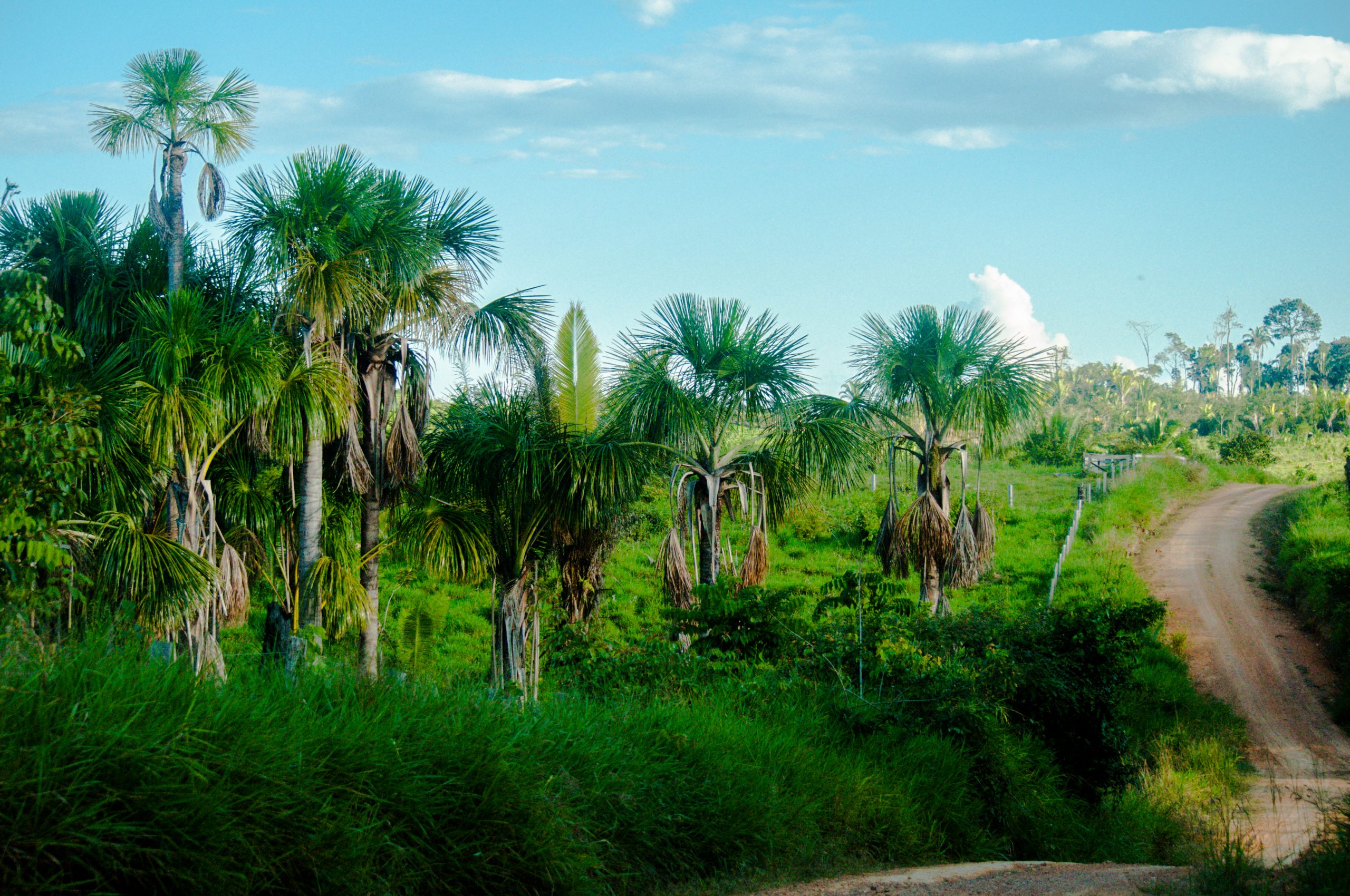
Duration of engagment
Long (3-5 years)
Cost
$$-$$$$ depending on scale of restoration, availability of other sources of funding, and extent of existing capacity (staff nurseries, monitoring systems, etc.)
In the real world
Restoring forests in Malaysia
To support the conservation goals of Sabah, Malaysia, Unilever is funding the restoration of 1,400 ha of riparian forests and wildlife corridors. Unilever funds have enabled a local timber plantation company, Sabah Softwoods Berhad, to restore a wildlife corridor that links large blocks of intact forest. This has allowed elephants and other species to travel between forest areas unimpeded, which has dramatically reduced loss of revenues due to crop damage on plantation land. There are also plans to restore riparian reserves, where oil palm trees were wrongly planted up to riverbanks, which will protect rivers from sedimentation and rehabilitate pathways for wildlife movement.
Leveraging agroforestry for landscape restoration in Indonesia
Working with Conservation International and the Tapanuli Selatan district government in North Sumatra,Indonesia, Unilever has initiated a 100 ha agroforestry pilot that will restore native trees to the landscape. By training farmers to make money from multi-species agroforestry systems, the pilot also will help stem illegal incursions into the forests for small scale palm oil production. The initiative is intended to serve as a best practice model for transitioning smallholder production in support of the district-wide goal to restore 21,000 priority hectares and the province-wide goal of restoring 500,000 priority hectares by 2030.
Co-planting forests and food to restore degraded landscapes in Ghana
Mondelēz International is supporting restoration of 400 ha in Ghana’s Brong Region in collaboration with Ghana’s Forestry Commission, UNDP, and communities around the Ayum Forest Reserve. With government permission, Mondēlez and UNDP advanced restoration in the Reserve using the Modified Taungya System, whereby farmers receive access to degraded areas for planting trees interspersed with food crops until the tree canopy closes. The partners created nurseries to raise native tree seedlings chosen for ecological fit and utility to local communities, distributed 2 ha plots to farmers, and are developing a scheme to pay participating farmers for environmental services.
Unlocking Brazil’s basin-level restoration priorities
In partnership with WWF and local NGOs, International Paper (IP) and HP are funding restoration of 600 hectares in Brazil’s Atlantic Forest biome. IP funds have supported prioritization of land parcels for restoration in São Paolo and Minas Gerais states, convening local stakeholders to agree on the prioritization and implementation strategies, landowner outreach, planting operations, and monitoring of plantings. HP funds are leveraging this investment to expand the area restored in São Paolo state, and to replicate this work in Paraná and Rio de Janeiro states. These efforts are advancing basin-level restoration priorities to protect riparian areas and ensure connectivity of key biodiversity habitats.
Key points for companies
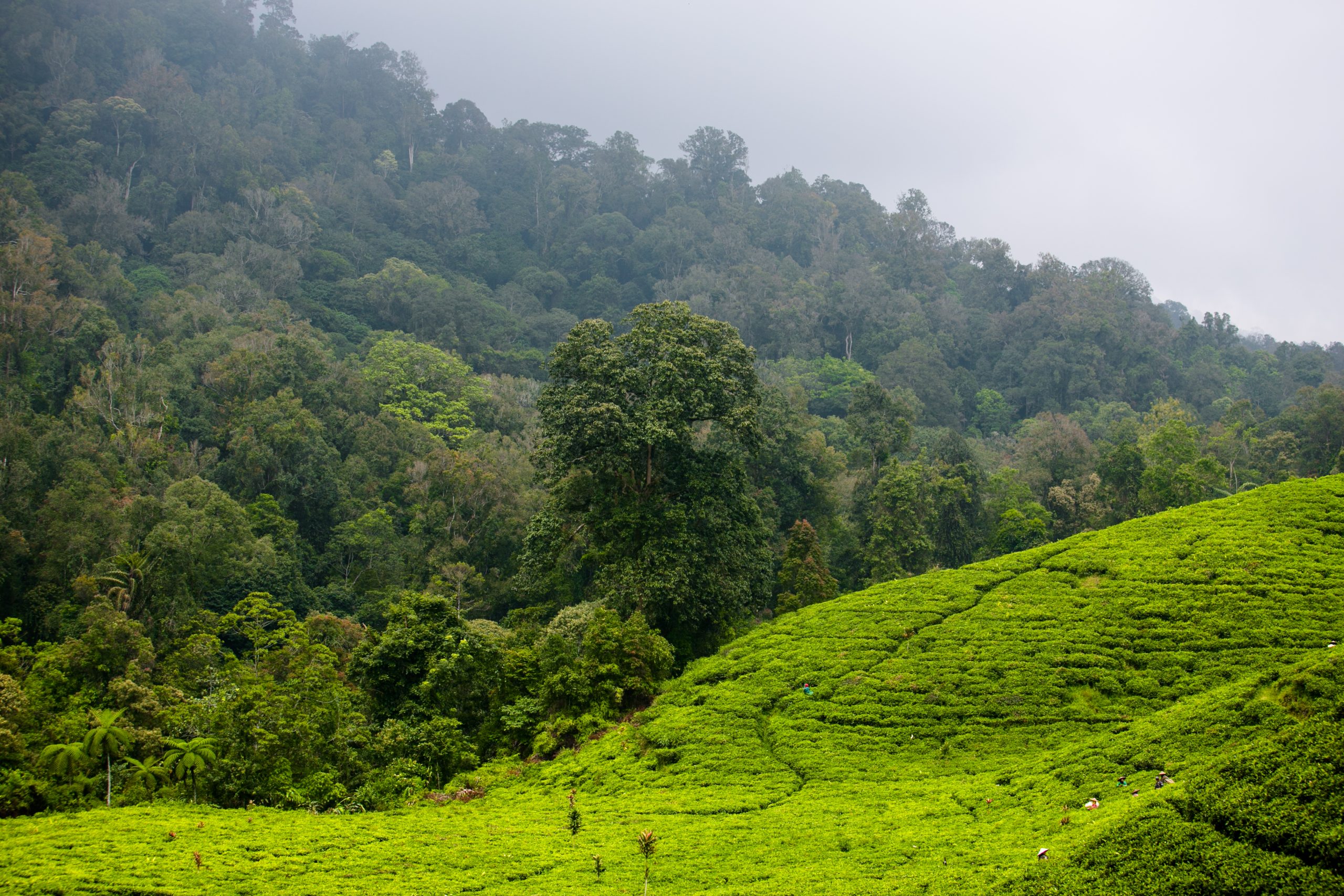
Determine whether the target landscape/jurisdiction has identified the extent and type of degradation, set a restoration goal, and mapped areas in need of restoration. If so, support restoration in one or more prioritized areas.
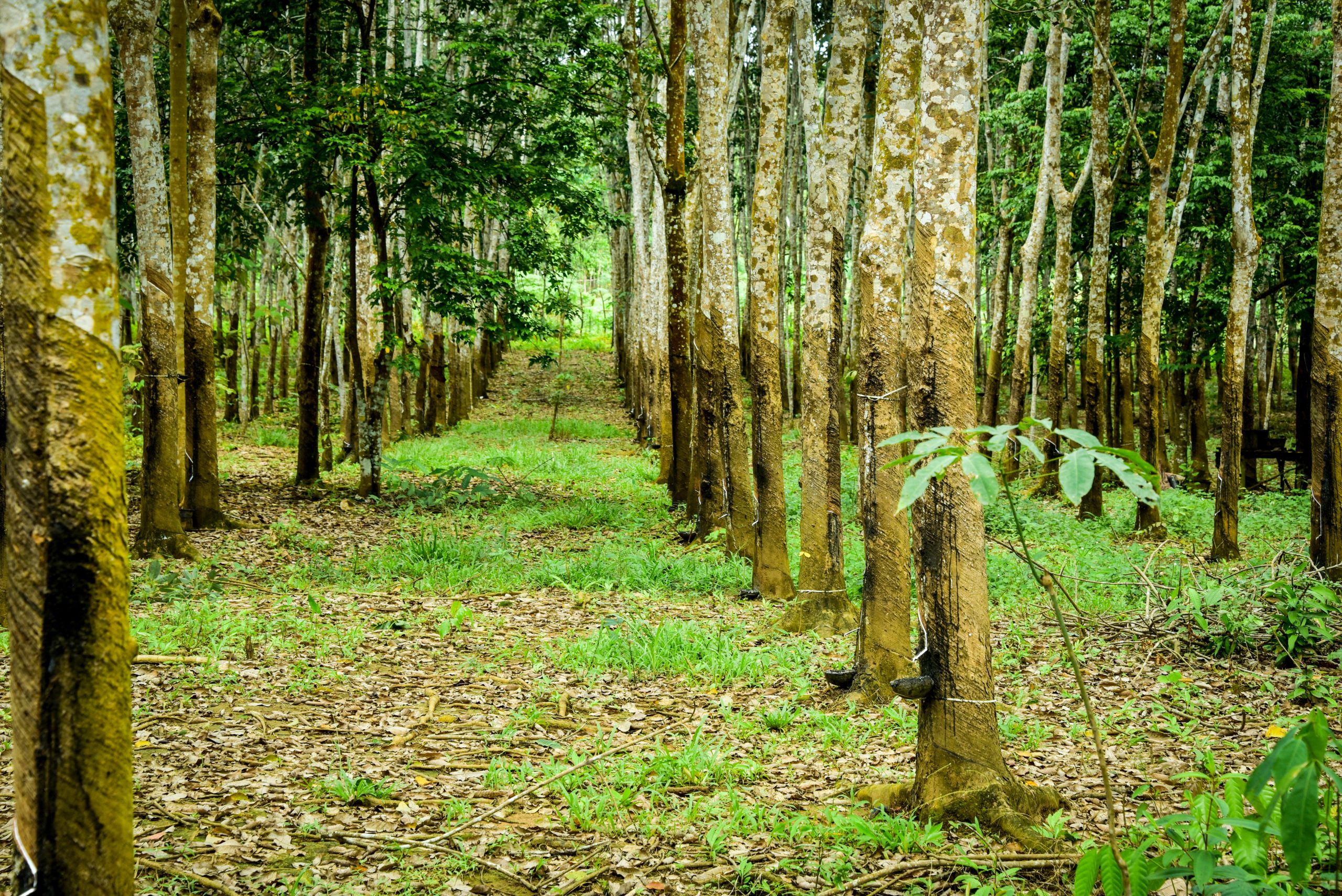
If restoration goals have not yet been set, work with other stakeholders in the landscape/jurisdiction to define them (see “Co-design jurisdictional goals, key performance indicators (KPIs), and implementation strategies”), knowing that long-term sustainability must mitigate the underlying causes of deforestation and degradation.

If restoration areas have yet to be prioritized, work through the L/JI with local experts (e.g. government agencies, NGOs, universities, naturalists) to determine where restoration would have the highest impact. Optimal locations maximize benefits for nature (e.g. habitat connectivity, water flows) and communities (e.g. non-timber forest products, poverty reduction, health) at the lowest cost.

Fund local partners to procure tree seedlings and cover the costs of planting them in prioritized areas. If nurseries can’t provide enough seedlings to match the scale of planned restoration work, consider funding their expansion and partnering with botanical gardens. Funds are also needed for maintenance and monitoring to ensure plantings survive.
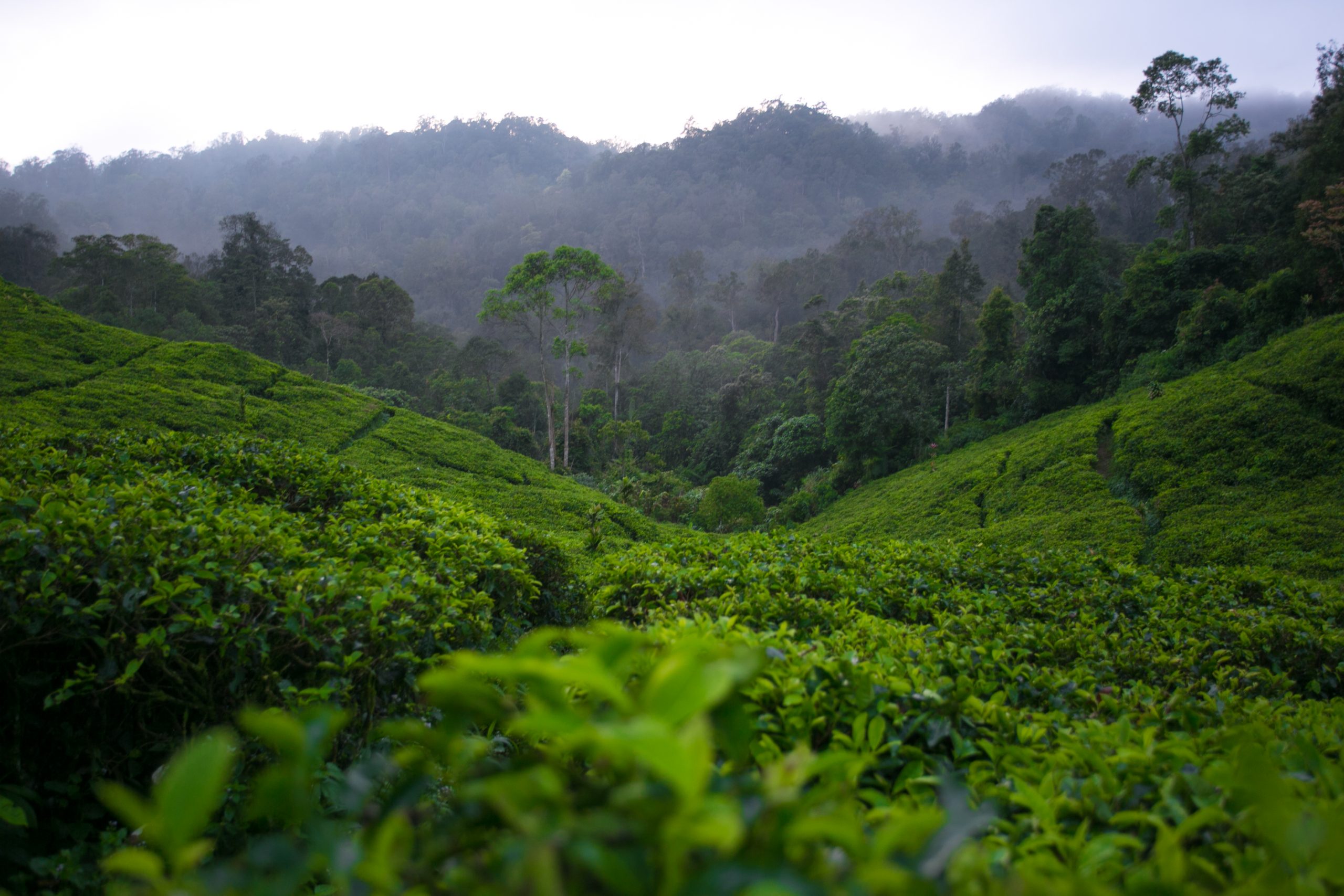
As restoration includes not just direct costs (e.g. buying, planting, and weeding around seedlings) but also opportunity costs to landowners from not farming on restored land, companies should pay landowners and managers for environmental services generated when they reserve and maintain portions of their land toward restoration. Establishing a system for ongoing payments increase the odds of long-term success. Companies can offer premium crop prices to farmers undertaking restoration, make direct payments based on evidence of continuing restoration, or contribute to restoration funds at the community or landscape/jurisdictional level. To ensure that incentives to maintain restored areas endure, companies should position other entities to take on these payments over time.
External conditions that improve likelihood of success
- A comprehensive forest landscape restoration assessment has identified degraded land and priority areas for restoration
- The landscape/jurisdiction has built consensus on restoration objectives for its natural and human communities
- Nurseries can supply the right tree species, and protocols are in place for seed collection, restoration planting, and maintenance
- Farmers are willing to engage in restoration activities
- Qualified agricultural/agroforestry/forestry experts are available to train and support landowners/communities to undertake restoration
- Effective systems are in place to monitor and verify restoration efforts
- There are enough public and private funds to scale restoration, then support monitoring and maintenance
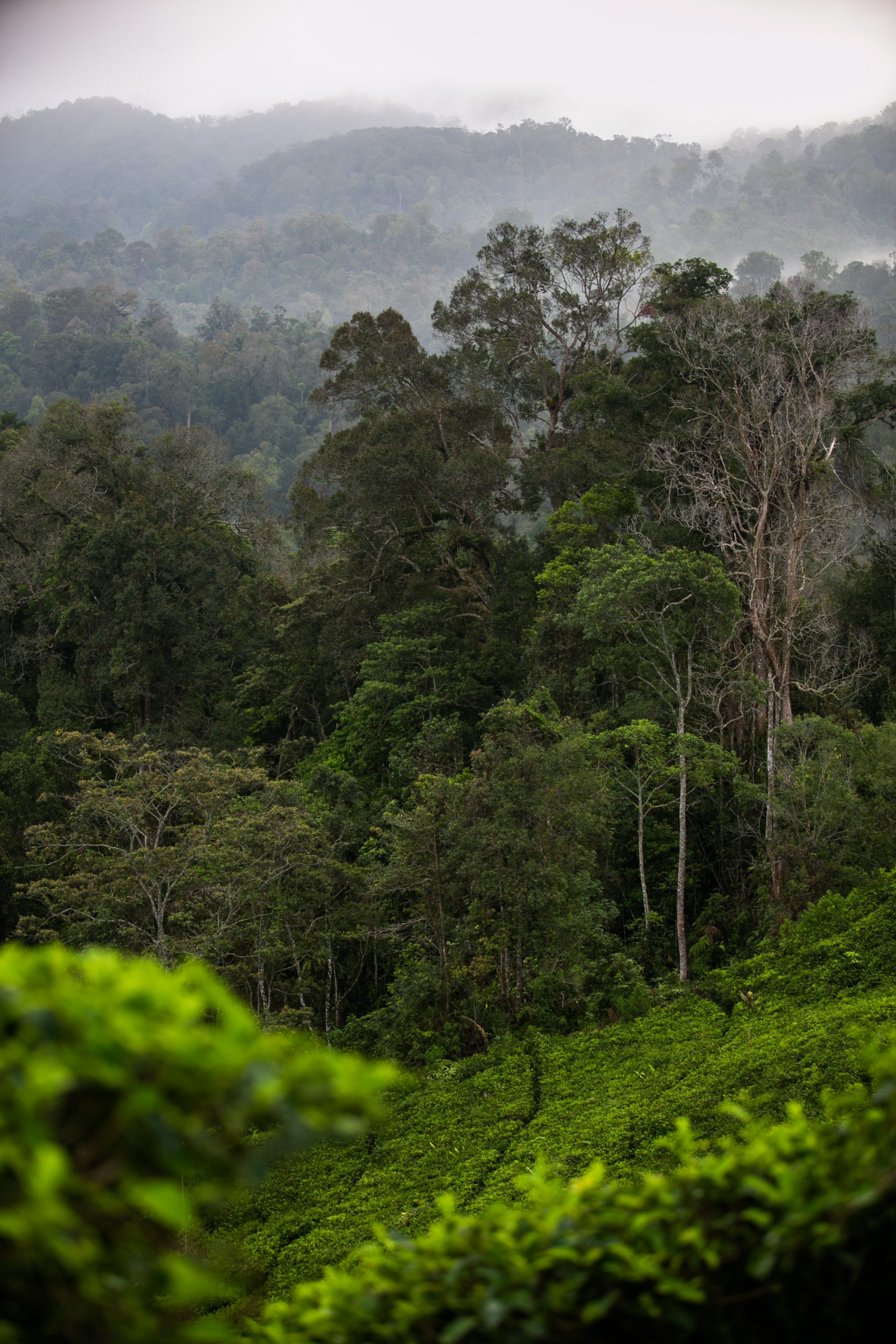
The business case for this intervention
- By working with diverse stakeholders to prioritize areas for restoration in the landscape/jurisdiction, the company promotes synergies in the region and reduces the risk of conflicting objectives or competing interventions.
- By supporting restoration as part of an L/JI, the company helps reverse deforestation both inside and outside its operations or those of its suppliers.
- Restoration can help a company demonstrate and fulfil its commitments to conservation, sustainability, and emissions reduction beyond the scope of its own production or sourcing.
Duration of engagment
Medium (1-3 years)
Cost
($)
Participant
($$)
Convener/Coordinator, requiring significant investments of staff time and travel
($$$)
Funder of third-party implementers
($$$$)
Implementer of one or more steps articulated through the land use planning process
In the real world
Mapping priority conservation areas in Côte d’Ivoire
The French chocolate manufacturer Cémoi co-funded and coordinated implementation of a land use planning program in the regions of Mé, Agnéby-Tiassa, and Indénié-Djuablin. The company partnered with Côte d’Ivoire’s Coffee-Cacao Council (a government agency responsible for regulating and developing the coffee and cocoa sectors), other funders, and technical service providers to develop a land use reference map by identifying High Carbon Stock and High Conservation Value areas and to identify and validate key areas to conserve through a process that obtains communities’ free, prior, and informed consent. With this mapping, partners were able implement a range of protection, restoration, and sustainable cocoa cultivation activities aligned with a spatially explicit land use plan.
Conservation planning from below
In the Kapuas Hulu district of West Kalimantan, Indonesia, Golden Agri-Resources (GAR) manages three plantations covering 20,000 ha, which overlap 14 village boundaries. GAR had made a commitment to implement the High Carbon Stock Approach (HCSA) methodology for halting deforestation. That meant reserving certain portions of its plantations for conservation. The company had to ensure that local communities would not deforest lands it would set aside and leave intact, but early efforts did not adequately engage local communities, who viewed the set-asides as land grabs. Following an independent review of the social impacts of the company’s forest conservation policy, GAR piloted a Participative Conservation Planning tool with The Forest Trust, village leaders, government agencies, and local NGOs. The tool combined conservation mapping with participatory village mapping, and identified which area to protect, to manage for local livelihoods, and to develop for industrial agriculture. GAR then shared these maps with local governments to inform village-level spatial plans that clarified and secured broad public support for clear land use determinations. To scale mapping and spatial planning, GIZ, the High Conservation Value Resource Network and the district government are conducting a High Conservation Value and High Carbon Stock assessment throughout the entire district.
Villages help decree wildlife migration corridors
Bumitama Agri is a large Indonesian palm oil producer that suffered a period of tensions with local communities in its concession area. In response, the company worked with IDH and Aidenvironment to adopt village-level land use planning, empowering local stakeholders to influence decision making and reduce future risk of conflict. This participatory approach with community members sets out to map current land use for production, protection, and infrastructure/housing, as well as to propose improved land use zoning. All this is then brought to the local government for formal approval, through a village spatial plan decree. Since 2016, the project has established participatory land use maps for eight villages. The different village-level plans are aggregated into defined zones that protect wildlife migration corridors in West Kalimantan that connect the Gunung Tarak protected forest with the Sungai Putri peat swamp forest. Beyond social and ecological benefits, Bumitama saw a clear business case for undertaking this work.
Key points for companies
Government entities have lead authority over land use planning, yet companies play an important role (see Annex 2 in the PDF version of this Guidance for further details). They may catalyze the public process if plans are absent or need updating, and they may participate in a process that the government has already initiated. Specifically, companies can:
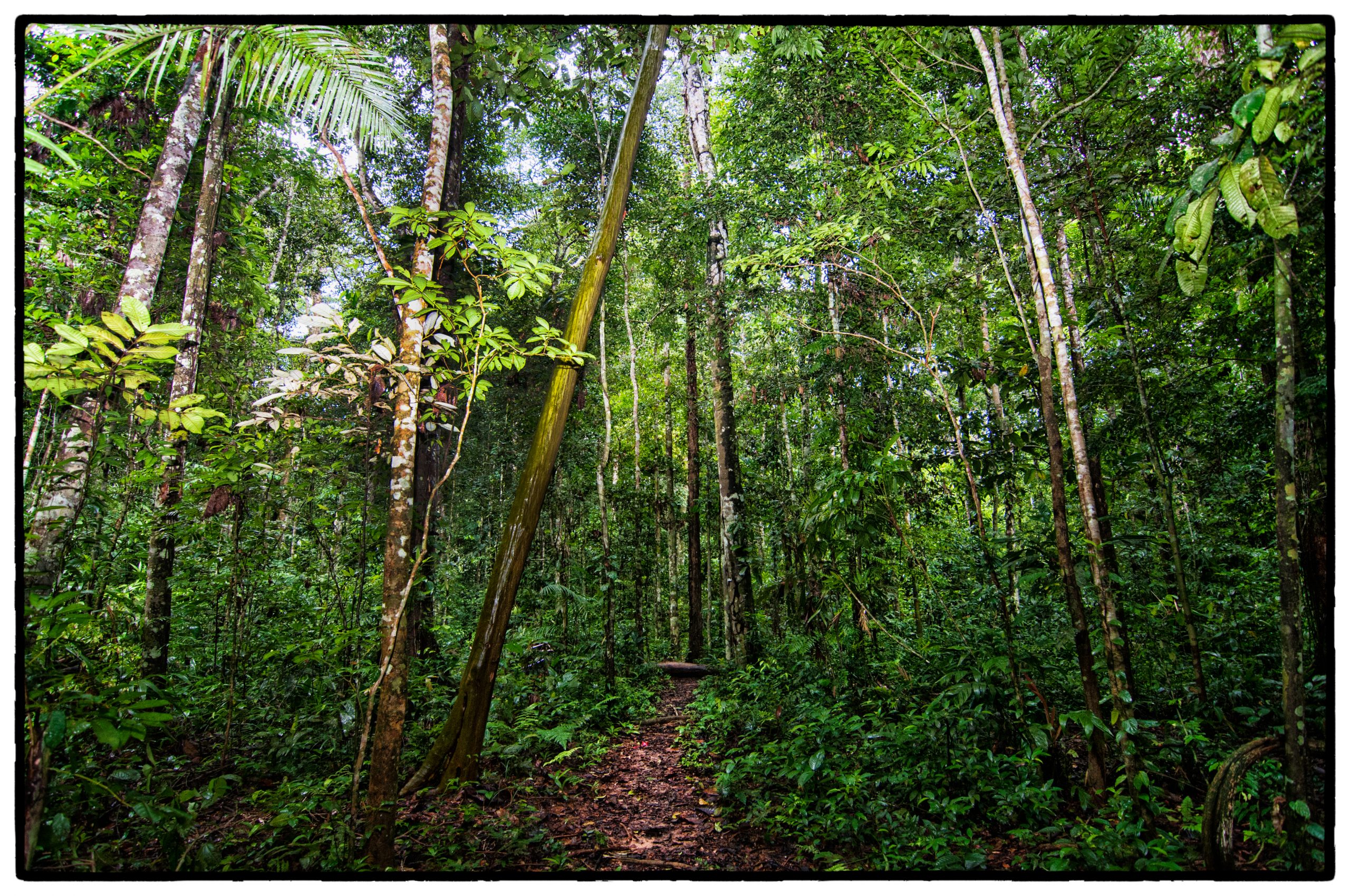
Facilitate participation by relevant stakeholders in the planning process where these stakeholders are receptive and where the company possesses sufficient influence and trust to invite their participation. A neutral, third-party facilitator is often best positioned to convene diverse local stakeholders, including those who may not trust companies or other actors, and can mitigate the power imbalance between various interests.
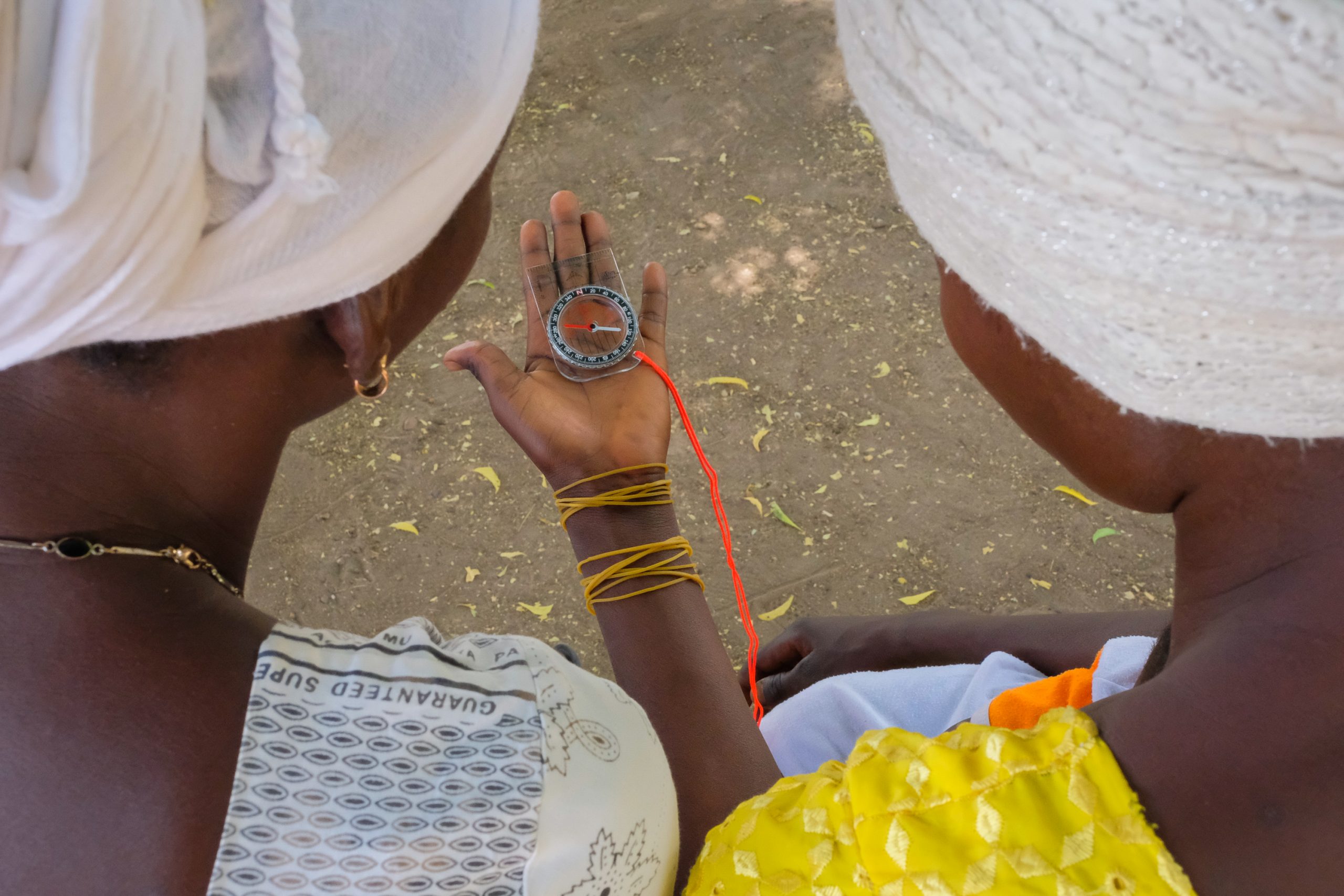
Support development of a land use reference map that is produced in an inclusive, participatory fashion. A company may take on this work directly or support it by funding consultants or NGOs to lead the technical effort, while also providing data and staff time to help review documents.
- A reference map helps planners grasp how different actors are using a jurisdiction’s land. Stakeholders can identify overlaps with priority conservation areas, anticipate and defuse potential conflicts, and find alignments among productive uses and users.
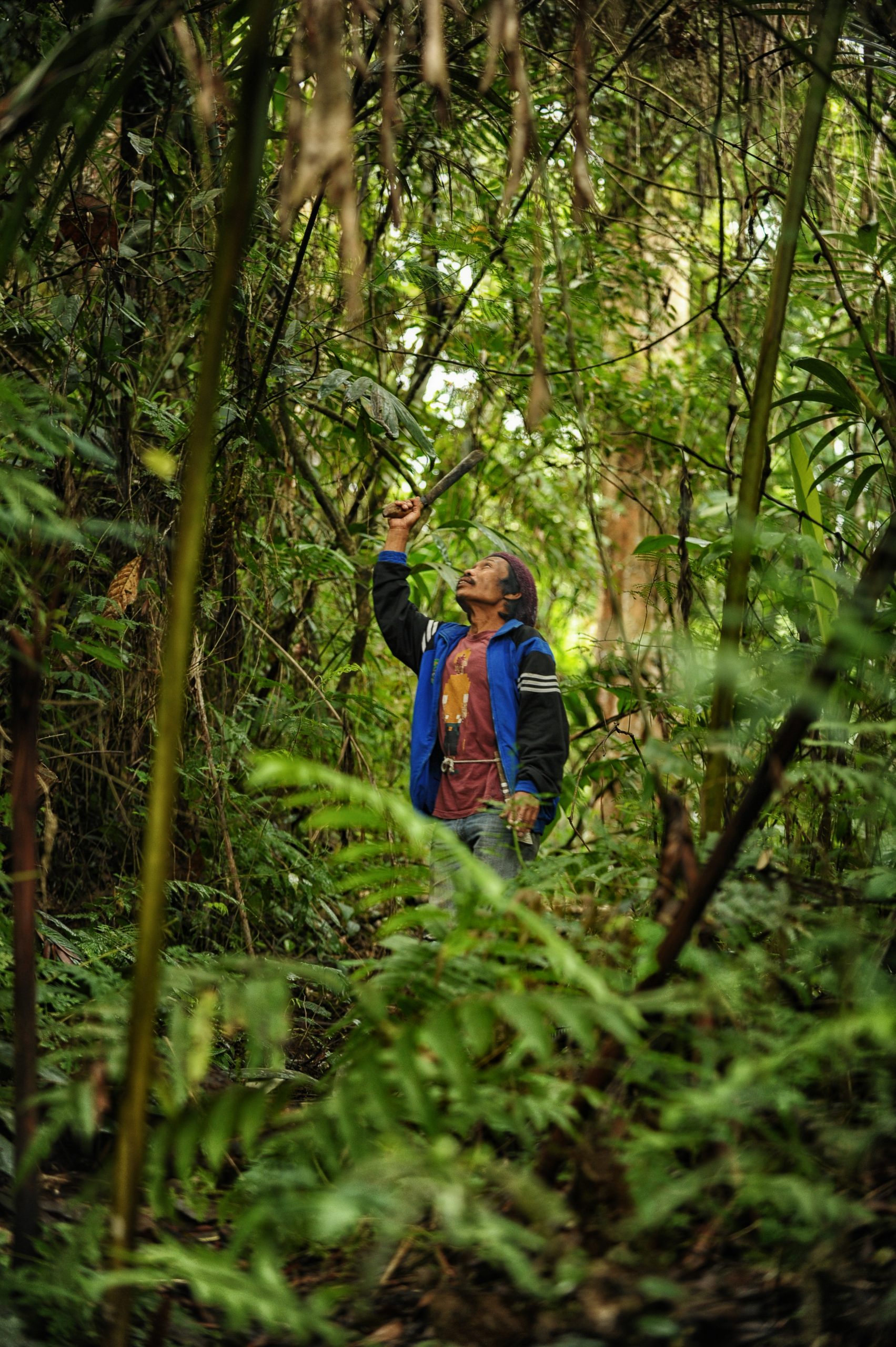
Contribute staff knowledge, data, and ecological training to help determine priority areas for conservation in the landscape/jurisdiction.
- The technical process of prioritization – often led by a government entity or a third party – applies tools that delineate which areas require protection, restoration, or specialized management to achieve conservation outcomes (including High Carbon Stock, High Conservation Value, and Key Biodiversity Area methodologies). It also assesses overlapping land ownership, usage rights, and other social factors.
- GAR’s experience shows how companies (or governments, for that matter) cannot undertake land use planning without consulting affected populations, even where the intent (e.g. preventing deforestation) is virtuous.
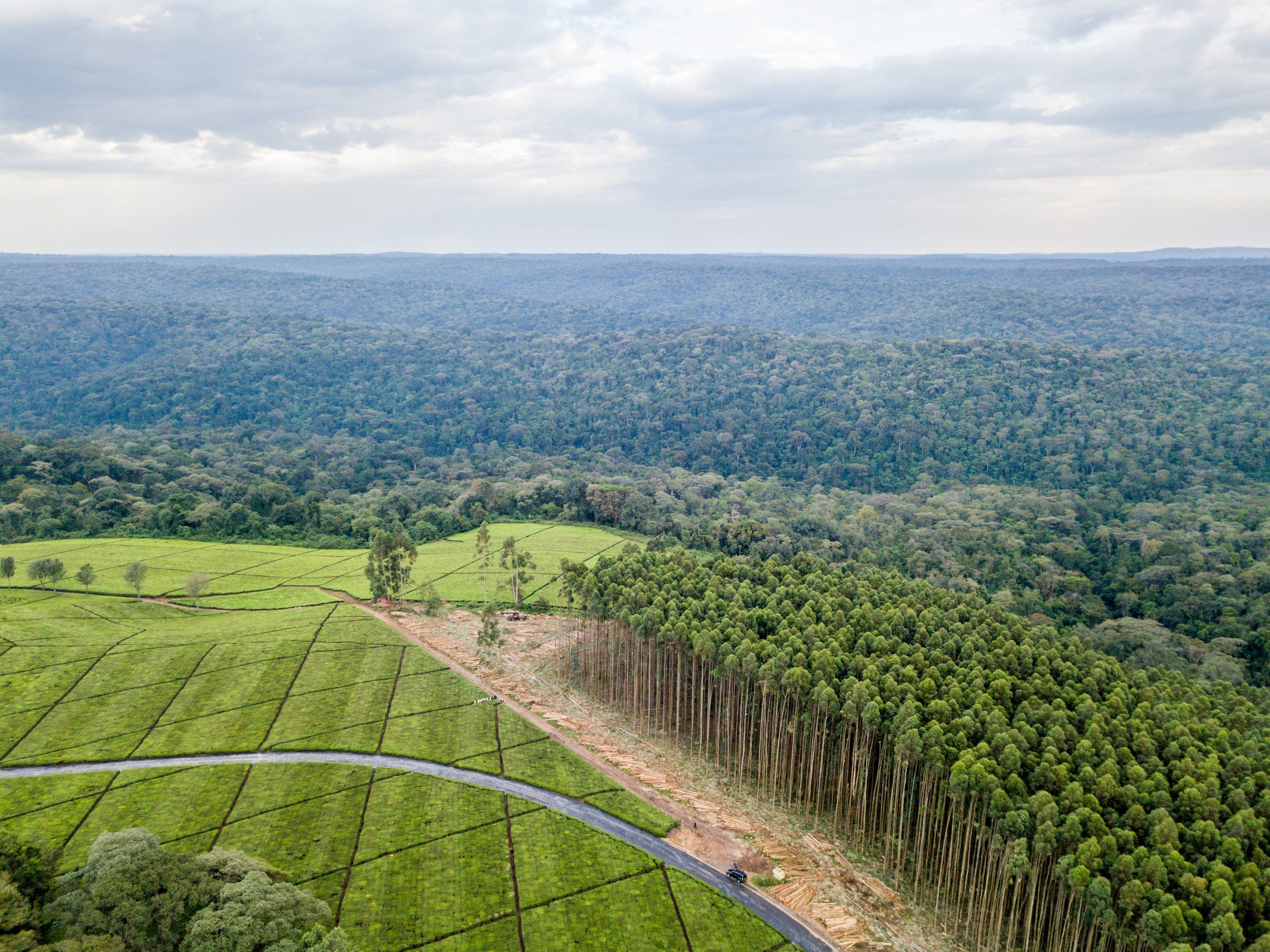
Negotiate the land use plan in good faith, aligning corporate sustainability ambitions with job creation and social equity (empower the voices of local communities, smallholders, and women in the negotiation), while minimizing production-protection trade-offs.
External conditions that improve likelihood of success
- Stakeholders in the L/JI are willing to engage in the land use planning process based on shared interests in improving conservation while meeting economic needs.
- Government actors with land use authority demonstrate both commitment and capacity to use the resulting plan as the basis for regulation and enforcement.
- Land use experts are available who can identify and map priority conservation areas, and then integrate economic, environmental, and community perspectives into the plan.
- Local communities and smallholders have enough time and organizational capacity to participate through trusted leaders and chosen representatives.
- Land tenure had been clearly defined, and there is either an absence of, or a pathway for addressing, any conflicting land use rights.
- There is participation, or at least buy-in, by a critical mass of companies whose operations have significant impacts on land, ensuring accurate information and adequate support for the land use priorities and plan that emerges.
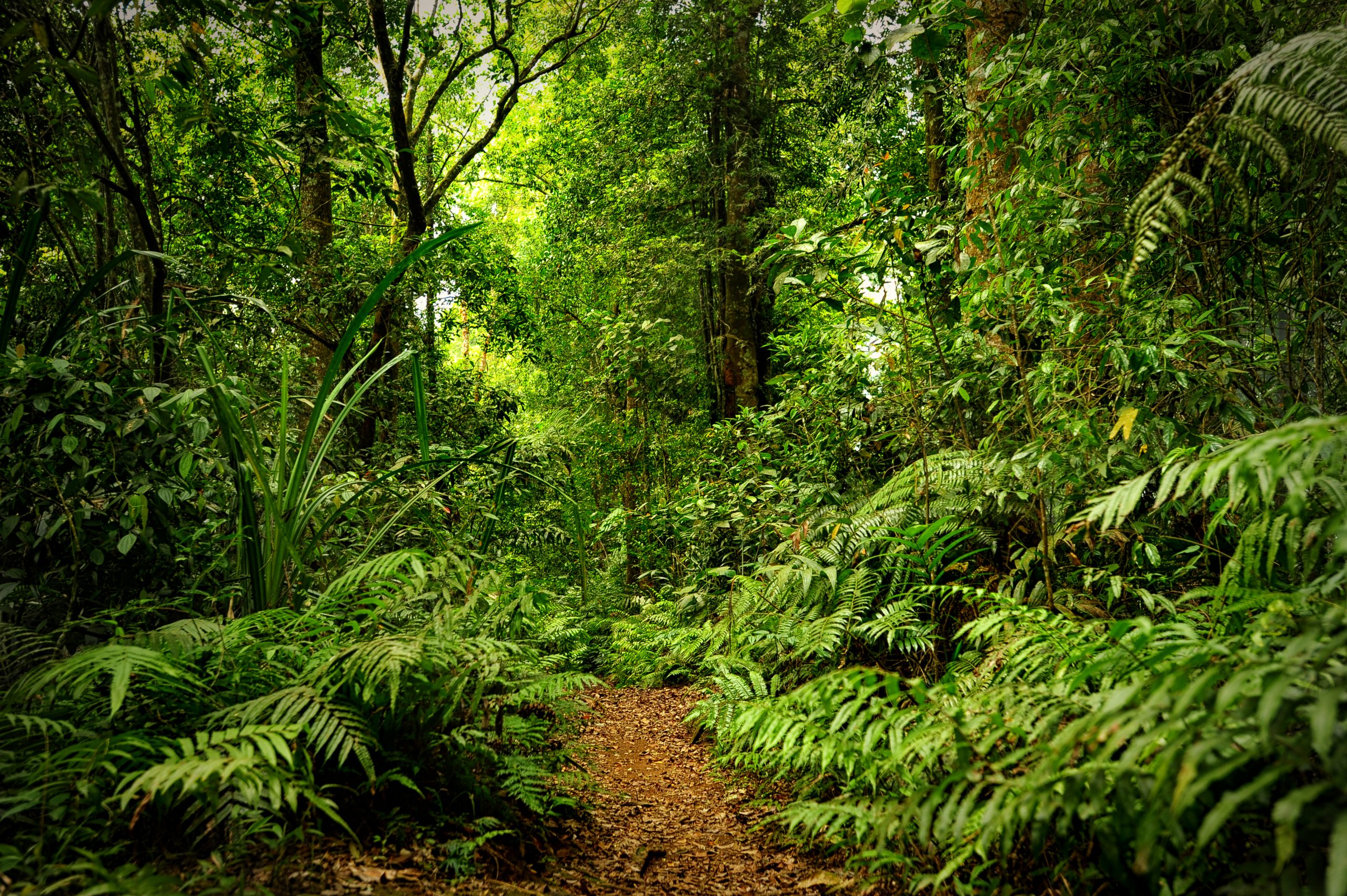
The business case for this intervention
- By working with relevant stakeholders to generate a land use plan, a company reduces risk of conflict over misaligned objectives, avoids potential duplication of activities and investments, and clarifies the government’s expectations of what companies can do to ensure their actions comply with the law.
- By aligning with the government and local stakeholders on permitted land uses, a company reduces risk that (in)action by others will undermine its own sustainability goals and targets.
- By embedding methodologies like the High Carbon Stock Approach or High Conservation Value assessments into landscape/jurisdiction-level land use plans, a company:
- Avoids the need to undertake conservation planning whenever it wishes to expand production or sourcing within the landscape/jurisdiction.
- Helps address deforestation on community-controlled forests both inside and outside the boundaries of its own managed farms or those from which it sources.
